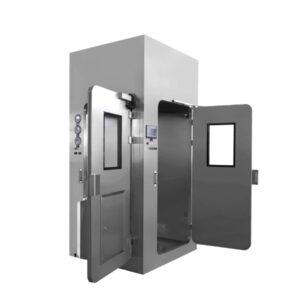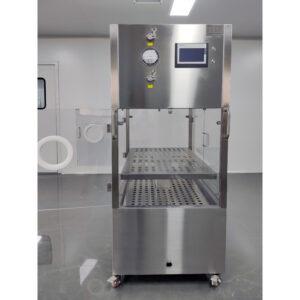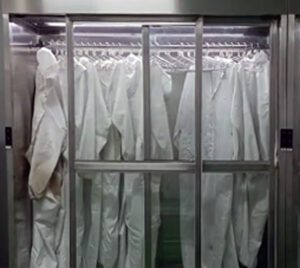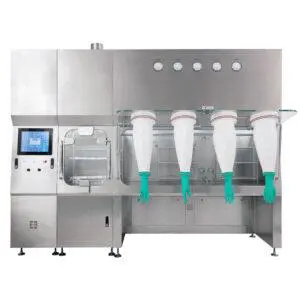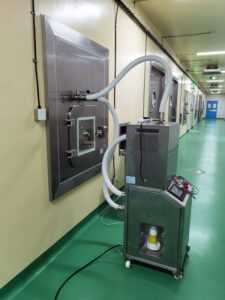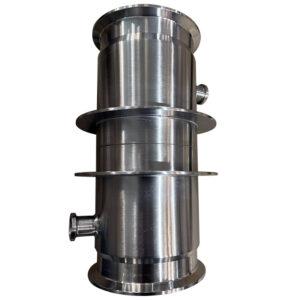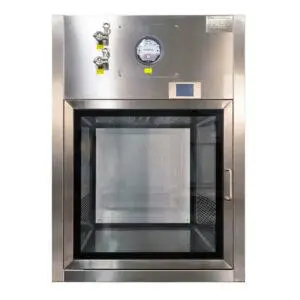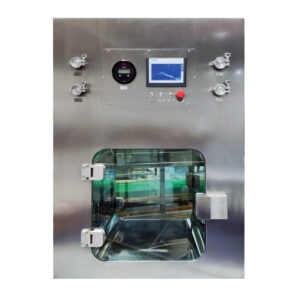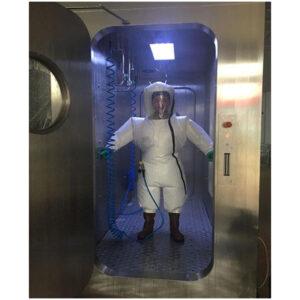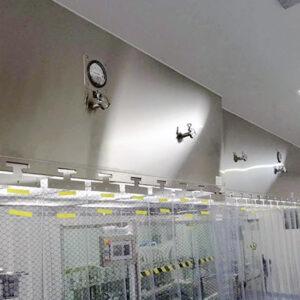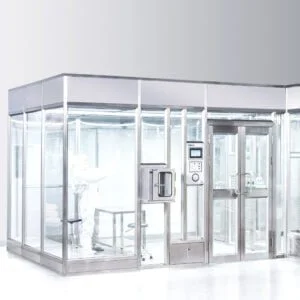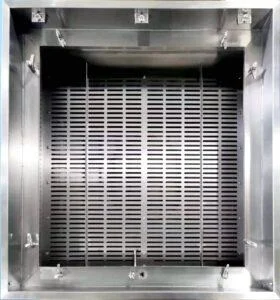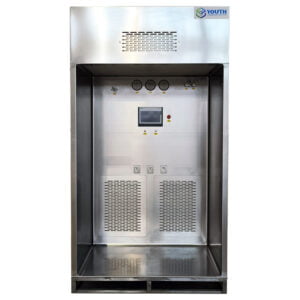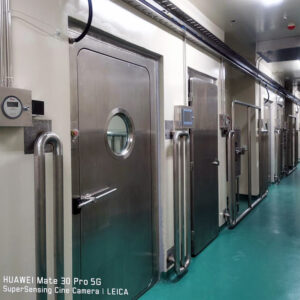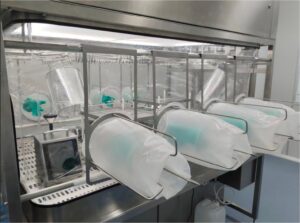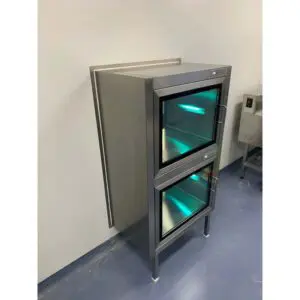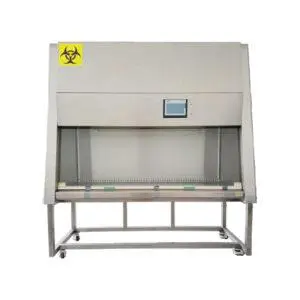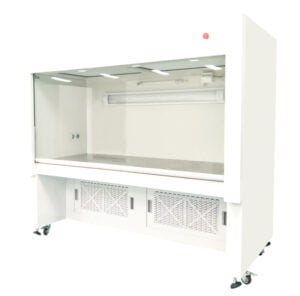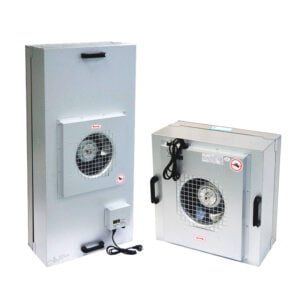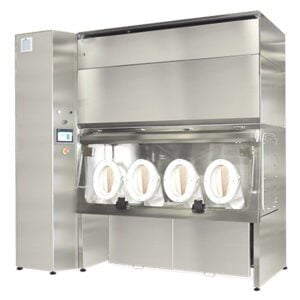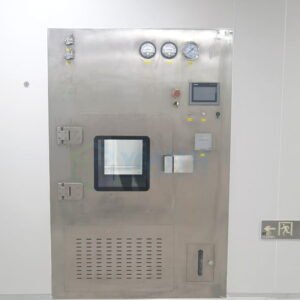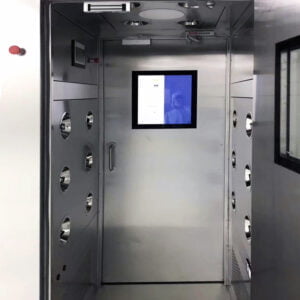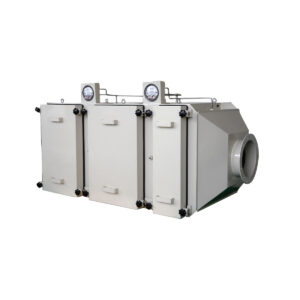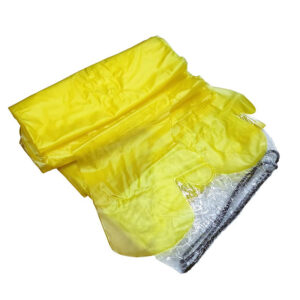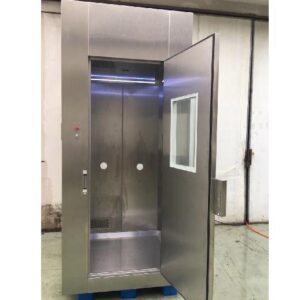Cleanrooms are essential in various industries, from pharmaceuticals to electronics manufacturing. But before a cleanroom can be deemed safe and ready for use, it must undergo a rigorous commissioning process. In this article, we will dive deep into the world of cleanroom commissioning, explaining what it is, why it’s crucial, and how it unfolds.
What Is Cleanroom Commissioning & Why Is It Important?
Cleanroom commissioning is the meticulous practice of verifying that a cleanroom operates precisely as intended according to its design and meets the user’s operational requirements. It’s a systematic process that involves thorough evaluation and documentation of designs, systems, and procedures.
Importance of Cleanroom Commissioning:
Cleanroom commissioning serves several vital purposes:
Ensuring Proper Functionality
Cleanroom commissioning ensures that the cleanroom functions as intended, maintaining the desired levels of cleanliness and controlled environments. It’s crucial for industries where even a minor deviation can lead to contamination and financial losses.
Meeting Regulatory Requirements
It ensures that all components, machinery, and equipment within the cleanroom meet regulatory authorities’ approval and function appropriately. Compliance with industry standards is essential to prevent legal and quality issues.
Aligning Stakeholder Expectations
Cleanroom commissioning aligns the expectations of stakeholders, including project managers, engineers, and end-users. It helps avoid misunderstandings and ensures that everyone is on the same page regarding cleanroom performance.
Who Is Responsible for Cleanroom Commissioning?
The responsibility for cleanroom commissioning primarily falls on the customer or end-user. However, the cleanroom provider plays a vital role in making the commissioning process successful. They provide necessary documentation and closely adhere to customer specifications.
The 5 Stages of the Cleanroom Commissioning Process
The cleanroom commissioning process can be tailored to the specific needs of each project. Here, we outline the five most common stages:
1. Design
Before construction begins, the design stage sets the project’s expectations, including vision, goals, budget, and schedule. Cleanroom providers create preliminary designs, adhering to standards and regulations, and receive stakeholder approvals.
2. Installation Verification
For modular cleanrooms, installation verification involves two phases. First, offsite verification ensures that materials and equipment meet the design intent and industry standards. Then, onsite tasks include site acceptance testing, system start-up verification, and cleanroom assembly.
3. Operational Verification
Operational verification happens in three stages: as-built, at-rest, and operational. Tests ensure that cleanroom equipment and systems operate in accordance with design intent and that staff receive adequate training.
4. Functional Verification
Similar to operational verification, functional verification focuses on how cleanroom systems work together. It includes verifying equipment and systems’ integration and their failure modes as intended.
5. Post-Occupancy
Even after the cleanroom is operational, post-occupancy tasks remain. These include ongoing tests, end-of-warranty inspections, interviews with cleanroom operators, and the creation of a recommissioning plan.
10 Types of Cleanroom Commissioning
Cleanroom commissioning involves various types of tests and verifications to ensure everything operates flawlessly:
- HVAC
- Temperature
- Humidity
- Static pressure
- Differential/cascading pressure
- Vibration & noise
- Utilities
- Automation
- Alarms & interlocks
- Finishes (e.g., floors, walls, ceiling, doors, airlocks, lighting, etc.)
Ready to Start Your Cleanroom Project?
In conclusion, cleanroom commissioning is a critical process that guarantees the quality and functionality of cleanrooms. While it’s the responsibility of the end-user, a trusted cleanroom provider can make the process smoother by adhering to specifications. At YOUTH Technology, we offer turnkey cleanroom design-build services to set you up for success. Contact us to learn more about how we can assist you.
Summary:
Cleanroom commissioning is a meticulous process that ensures cleanrooms operate as intended, meet regulatory requirements, and align with stakeholder expectations. The responsibility primarily lies with the end-user, with cleanroom providers playing a supporting role. The process involves five stages and various types of tests and verifications to guarantee cleanroom functionality. Trusting a reliable cleanroom provider like YOUTH Technology can make the commissioning process more straightforward and effective.
FAQs
1. What is the primary purpose of cleanroom commissioning?
Cleanroom commissioning ensures that cleanrooms operate as intended, meeting regulatory requirements, and aligning with stakeholder expectations.
2. Who is responsible for cleanroom commissioning?
While the end-user is primarily responsible, cleanroom providers play a crucial role in supporting the process.
3. What are the five stages of the cleanroom commissioning process?
The five stages are Design, Installation Verification, Operational Verification, Functional Verification, and Post-Occupancy.
4. What types of tests are involved in cleanroom commissioning?
Tests include HVAC, temperature, humidity, pressure, vibration, utilities, automation, alarms, and finishes, among others.
5. Why is cleanroom commissioning essential for industries like pharmaceuticals and electronics manufacturing?
Cleanroom commissioning is vital in these industries to prevent contamination, meet strict regulatory standards, and ensure product quality and safety.
Related Contents:
- Bag-In/Bag-Out (BIBO) Systems: Operation and Maintenance Guide
- The Cleanroom Experience: A Guide to Safe and Efficient Operations
- How to Control Clean Room Temperature: A Comprehensive Guide
- How to choose FFUs and AHUs?
- Ultimate Guide to VHP Passbox Cleaning in Controlled Environments
- Understanding the Mechanics of Fan Filter Units: A Detailed Guide
- Exploring the Essential Cleanroom Equipment
- Cleanrooms in Action: Applications and Success Stories
- The Clean Team: Key Players in Cleanroom Operations


